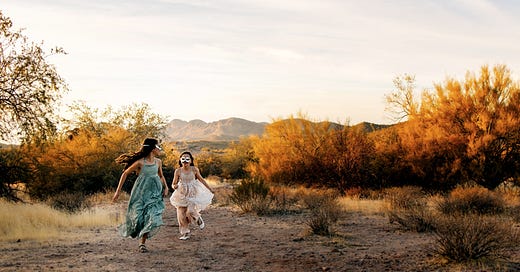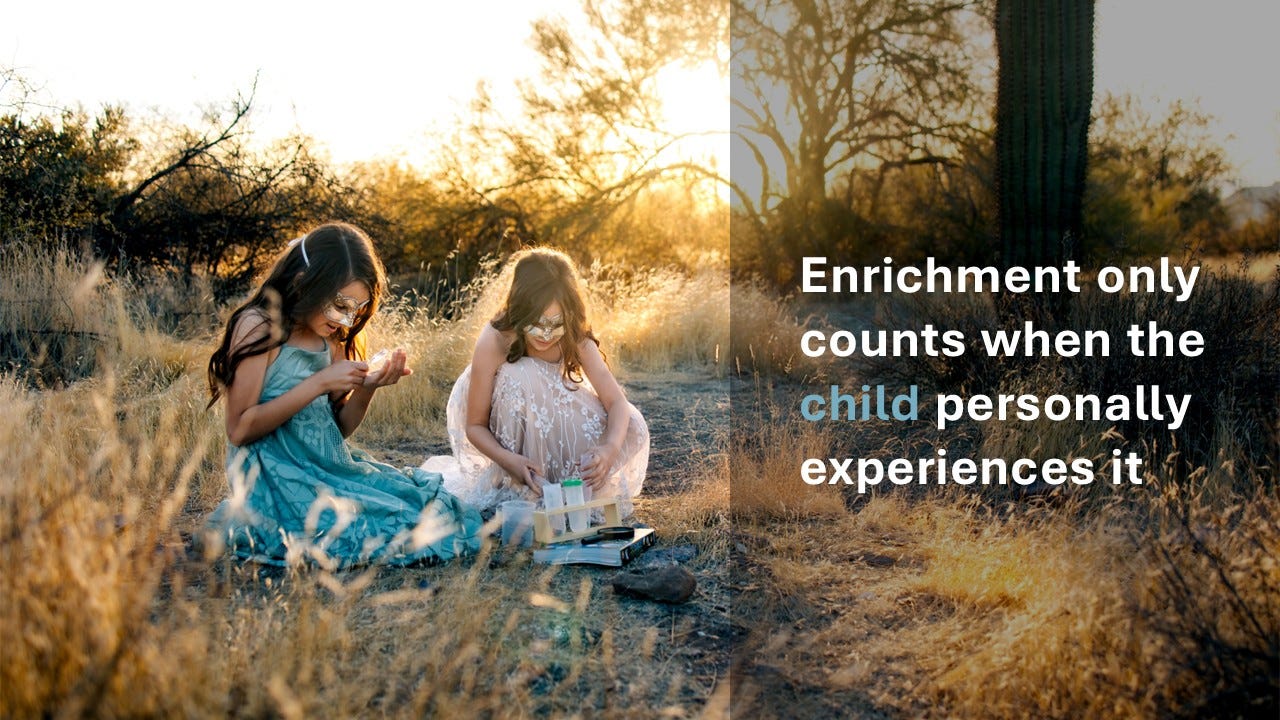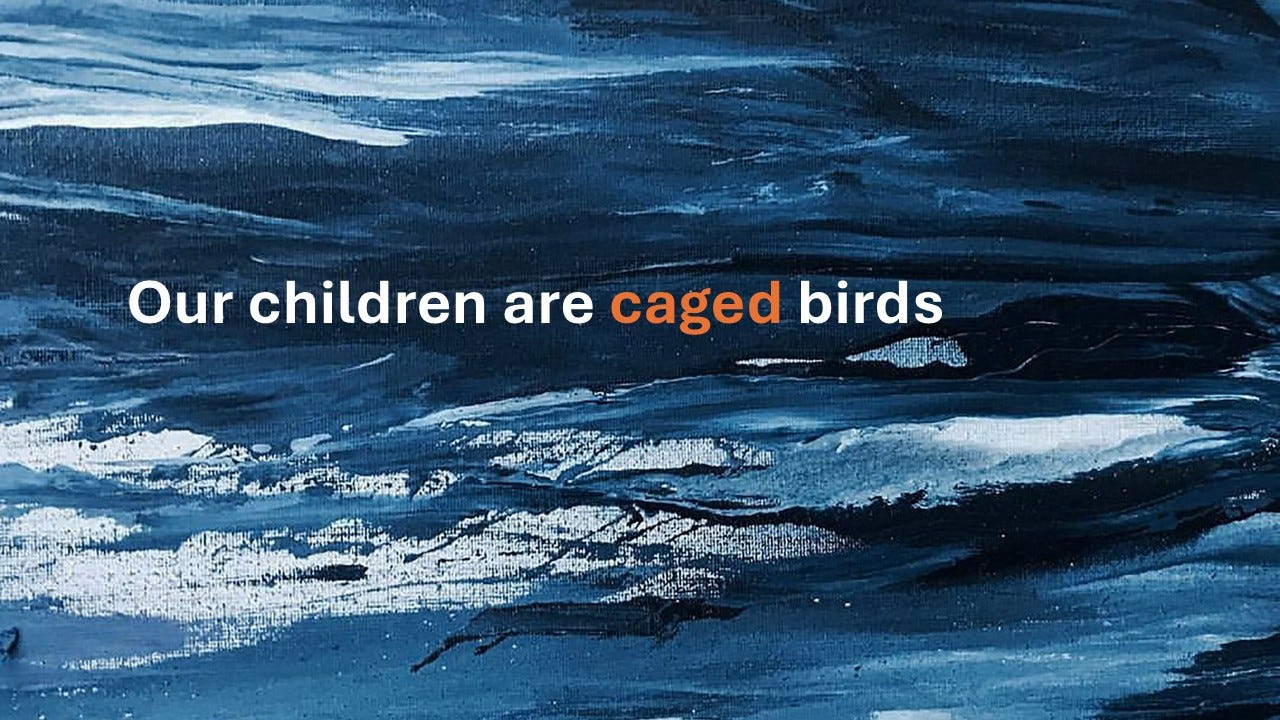For nearly a century, we’ve known a simple truth: Caged animals have weaker brains.
In the 1940s, a psychologist by the name of Donald Hebb decided to take a few cuddly laboratory animals home to let his children play with them. This decision would forever change how we think about brain development.
Hebb found that those pet animals had better memories and performed better on laboratory tests than those left in cages.
Decades later, we now know that animals that are exposed to “enriching” environments grow more neurons in the region of the brain responsible for memory—the hippocampus. But the hippocampus isn’t just responsible for the ability to remember your childhood, it’s responsible for the kind of memory that allows you to do math (more on this later).
What exactly is an “enriched” environment, you ask?
Well, let’s start with what it’s not. It’s not letting the animals watch cool activities through their cage walls. “TV Rats”, as the scientists called them, had no difference in brain growth or memory compared to rats without cool things to watch. It turns out…
Enrichment only counts when an animal—or child—personally experiences it.
So, scientists tried something different. They released song birds into the wild and compared them to song birds left in cages. You already know what happened, right? The wild animals added 50% more brain cells than those in captivity. Moreover, it’s well established that song birds in the wild have more creative, distinctive, and beautiful songs.
Wild songbirds have bigger brains, better memories, and more beautiful songs.
A simple question.
Which bird resembles today’s children more— caged or wild?
The answer is obvious. Today’s children have more academic, social, and emotional problems than any prior generation. They have more dyslexia, dycalculia, and ADHD. They have weaker brains, worse memories, and perhaps saddest of all they rarely sing their own songs.
Our children are caged birds.
But surely it doesn’t have to be that way?
How do we cultivate the same unboundless brilliance of a wild songbird without producing “wild” children?
Perhaps, the answer is in the past?
A century ago, kids were splashing in creeks, climbing trees, and finding their way home in the woods. They were kneading dough beside their mothers, threading needles to help make clothes, and planting seeds that fed their families.
These mundane activities were building up parts of the brain responsible for number sense and reasoning, geometric conversions, attention, and even reading comprehension.
Every few months, my children decide to get into knitting or sewing. It’s as if something deep inside calls them to get busy creating.
Scientists on the other hand have been busy making video games to train the brain out of dyslexia — with mixed success. We don’t yet know how these games compare to living an enriched, complex life—the kind of life our ancestors lived daily, filled with activities that engaged both the body and the mind.
So, I can’t tell you what you should do.
But as for me and my children, well, we’ll be outside under a tree—knitting and listening to songbirds.
If you find my work valuable, please consider becoming a paid subscriber. It let’s me know you appreciate the long hours I put into writing and researching these posts. Thank you♥️
✨If you liked this post, you might also enjoy The Path to Polymath: Teach Your Kids to Think Like Renaissance Geniuses OR My 7 Year Old Reads Dickens While College Students Need Remedial English
Author’s note: In most cases (though not all) dyslexia derives from genetics. Thus, I am not implying that lack of knitting causes dyslexia. Rather, I am suggesting that knitting, cooking, archery, and similar activities train the brain analogously to therapies for children with dyslexia and should be part of childhood for all children.
~Dr. Claire Honeycutt♥️









That’s how I grew up. Limited television (the only screen back then), exploring the woods, riding bikes, playing baseball…
The best compliment I got as a mom was his I was giving my kids an 80's childhood. My kids are outside a lot and I've noticed my oldest (boy) is learning how to lead his little sister through fair play. It's fun to watch them interact socially together.